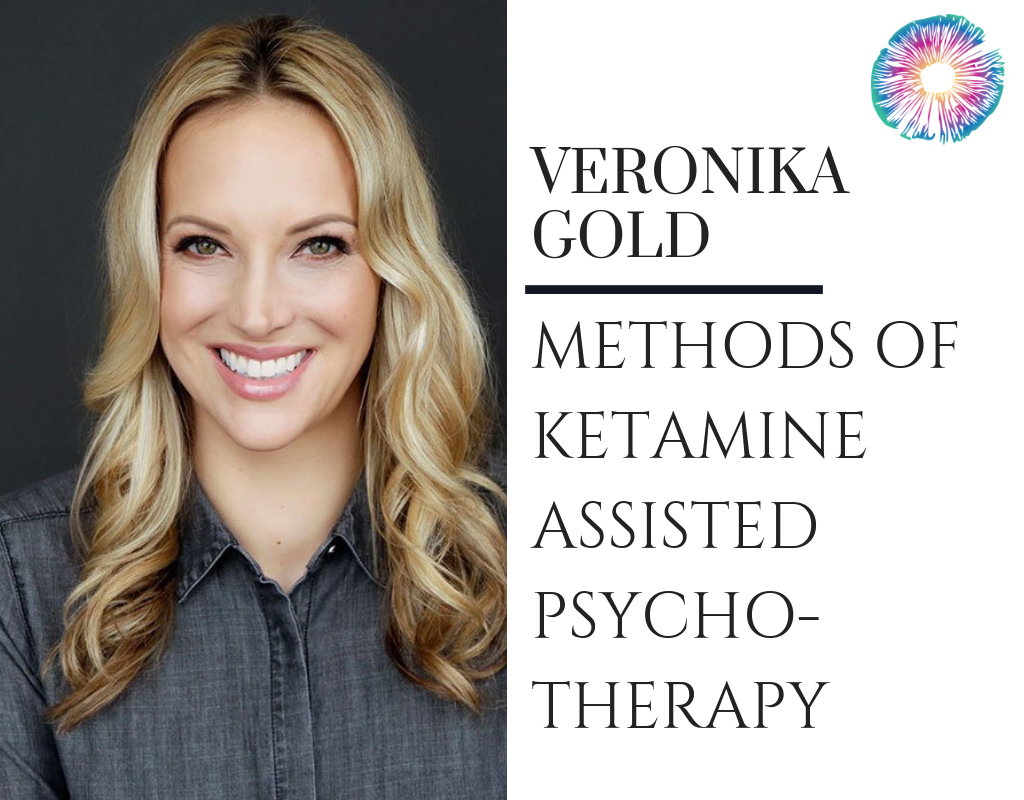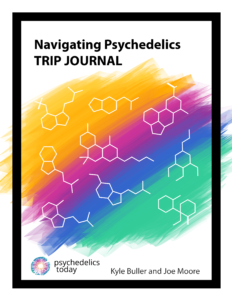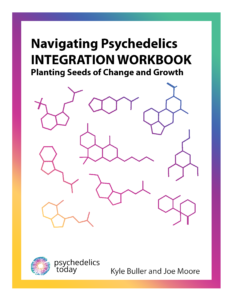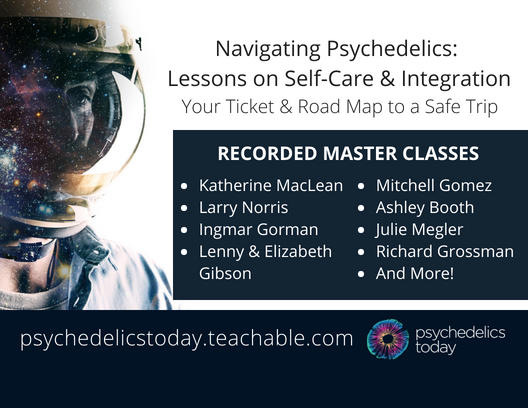
In this episode, Kyle hosts a conversation with Veronika Gold from the Polaris Insight Center, a center that offers Ketamine Assisted Psychotherapy. They compare and contrast Ketamine Psychotherapy methods and Ketamine Infusion.
3 Key Points:
- The most studied way of using Ketamine has been infusion, mainly used for treatment resistant depression and PTSD. Veronika used lozenges and intramuscular Ketamine therapy working for Polaris.
- When people are healed from depression, there is a lot of anxiety and activation that happens. Infusion clinics don’t offer the therapeutic help that comes with Ketamine Assisted Psychotherapy.
- The dissociation that happens with Ketamine is a different dissociation that happens with trauma. With trauma, dissociation happens when the nervous system can’t handle the stress in someone’s life, with Ketamine, it allows people who feel dissociated from their trauma, to feel again.
Support the show
- Patreon
- Leave us a review on iTunes
- Share us with your friends – favorite podcast, etc
- Join our Facebook group – Psychedelics Today group – Find the others and create community.
Navigating Psychedelics
Trip Journal Integration Workbook


Show Notes
About Veronika
- She specialized in trauma treatment
- She is involved in the clinical trials for the treatment of PTSD, sponsored by MAPS in San Francisco
- Veronika is originally from Czech Republic
- She studied at CIIS
- She grew up in the Czech Republic in a communist time so she dealt with a lot of trauma
- She met Stan Grof at 16 at a Transpersonal conference
- She was fascinated with his work and Transpersonal Breathwork became a part of her healing
- It lead her to study psychology and become a psychotherapist and study non-ordinary states
Ketamine Assisted Psychotherapy
- Ketamine therapy has been studied from the late 60’s until today
- The most studied way of using Ketamine has been infusion, mainly used for treatment resistant depression and PTSD
- In Ketamine Assisted Psychotherapy, the therapy is as important as the medicine
- There is a biochemical effect of Ketamine
- When people are healed from depression, there is a lot of anxiety and activation that happens
- Infusion clinics don’t offer the therapeutic help that comes with Ketamine Assisted Psychotherapy
Benefits of Ketamine Psychotherapy
- The treatment method used at Polaris includes a comfortable room, eye shades, music tailored to the therapy, and an ongoing therapist
- They use non-ordinary states of consciousness as a part of the transformation
- They use lozenges and IM (Intramuscular)
- Only 30% of the ketamine from the lozenges are effective
- The lozenges allow for a slow onset of the medicine
- With IM, a higher dose can be used because it’s less taxing on the body and more effective
- The property of Ketamine is dissociation
- Veronika says she prompts people to explain where they are, to share about what comes up for them
- “Sometimes there are memories that come up that are connected to their struggle. Sometimes they do full trauma processing. There are times where they go inside and then come out.” – Veronika
Ketamine vs. Classic Psychedelics
- They used Ketamine as a means to do the work legally
- For the work that is being done underground, the therapists are putting themselves at risk for legality, and it does impact set and setting
- But even if other substances were legal, Veronika thinks Ketamine will still be used for certain issues
- Ketamine is described as a +4 on Shulgin’s scale
- A moderate to high dose can allow people to have a near death experience or ‘review of their life’
- The dissociation that happens with Ketamine is a different dissociation that happens with trauma
- With trauma, dissociation happens when the nervous system can’t handle the stress
- Opposingly, with Ketamine, it allows people who feel dissociated, to feel again
- Veronika mentions a study that says the higher the effects of dissociation from a Ketamine session, the higher the antidepressant effects are.
- She has work in somatic studies and organic intelligence
Breathwork
- Veronika’s experience with Breathwork helps her understand her patients
- The bodily experience that happens in Breathwork also helps her understand the body movement/energetic blockages, etc that happen in Ketamine therapy
- The last 30-90 minutes is where the integration starts
Sessions
- They do mainly one-on-one session but have done a few pair therapy sessions
- Veronika says its easier to do one-on-one because the sessions are short and there is a lot of internal work
The Future of Ketamine
- Veronika is excited about people’s curiosity with Ketamine therapy and the effectivity of it
- Ketamine is a new and emerging field and we are figuring out who it is useful for and who it is not
- Veronika says that non-ordinary states are all beneficial for healing, and not having to use Ketamine (using Breathwork) is still beneficial
- “A big part of the healing is having a positive experience and connecting with places that feel good, having positive visions. Its supportive for our nervous system and our ability to heal.” – Veronika
- “When we allow the inner healing intelligence to come through, it will take us to where we need to go.” – Veronika
- Patients don’t always need to just feel the dark stuff and the trauma, sometimes sitting with the good feelings and remembering what good feels like is a part of the healing too
- Kyle and Veronika were both on separate episodes of the Consciousness Podcast with Stuart Preston
Links
About Veronika Gold

Veronika has expertise in the treatment of trauma. Her approach is integrative and informed by Somatic Therapies, contemplative practices, and mindfulness. She also has an interest in educating others about the healing and transformational potential of non-ordinary states of consciousness.



